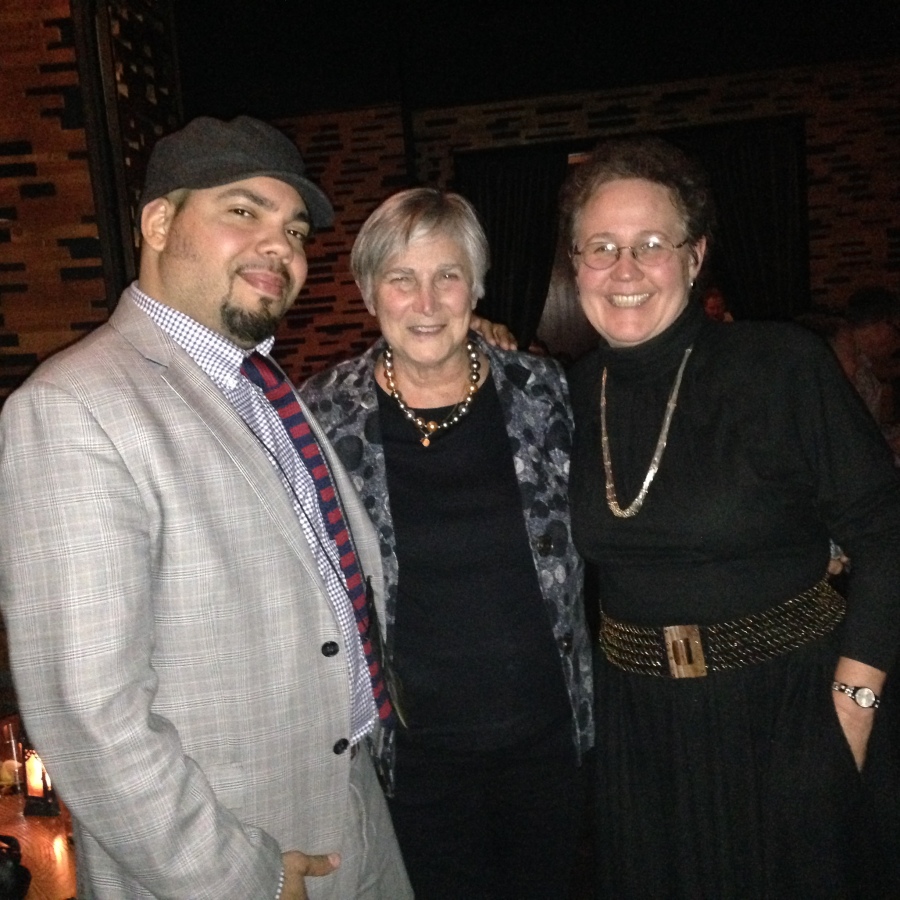Table for 3: The Story Behind Dinner with Linda Darling-Hammond and Diane Ravitch

This past Wednesday I hatched an idea. Why not invite Linda Darling-Hammond and Diane Ravitch to dinner, two of my mentors, and the most notable and influential voices in education? Let me first start with the academic part of today’s blog post. Reddick and Vasquez Heilig (2012) discussed mentoring in the peer-reviewed paper Constellations a Promising Strategy?
Table for 3: The Story Behind Dinner with Linda Darling-Hammond and Diane Ravitch | Cloaking Inequity:Mentoring is defined as the process in which a senior, experienced person (the mentor) engages with a junior, less-experienced person (the mentee, or protégé) in order to foster the psychosocial development of the junior person (Kram, 1988). The term ‘mentor’ comes from the Greek epic The Odyssey, in which the hero Odysseus placed his son, Telemachus, in his old friend Mentor’s care when he left for war.Social Exchange Theory. Social exchange theory is a concept developed by Homans (1958) that posited that humans engage in relationships that provide benefits (in terms of outcomes and satisfaction). Simply put, relationships that are costly but provide little or no benefits are unsustainable. Mentoring can be understood through a social exchange theoretical construct: both mentors and mentees/protégés must find mutual benefit and satisfaction for the relationship to continue. Often the benefits to mentees are well-documented and articulated, but mentor benefits are rarely explicated. Essentially, mentors have to experience some benefit from the mentoring dynamic as well for the relationship to be enduring and ultimately, successful.Mentoring Networks. Though mentoring is often understood (and exemplified) in one-on-one settings
